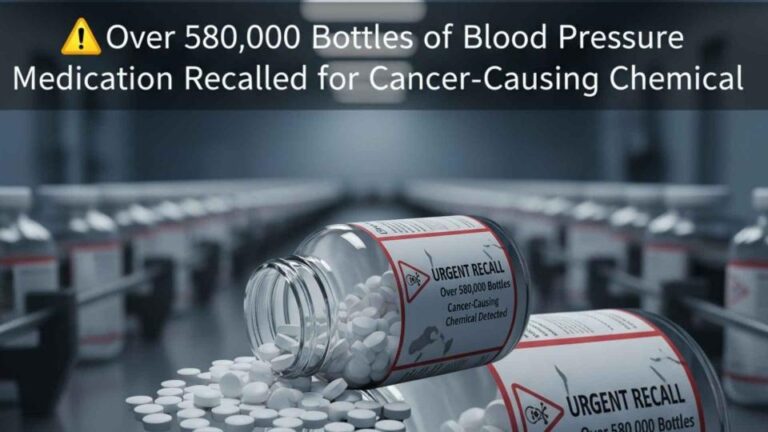Bananas Are Radioactive — The Scientific Truth Behind the Fun Fact
When someone tells you that bananas are radioactive, it might sound like a joke — or even a health concern. But it’s true. Bananas naturally contain a radioactive isotope called potassium-40 (K-40). It’s one of the reasons why this fruit has become a fun and fascinating example in radiation science.
But don’t worry — the radiation in bananas is completely harmless. You’d need to eat millions of bananas at once to experience any adverse effects. So what exactly is going on here?
🍌 Why Bananas Are Radioactive?
Bananas are rich in potassium, an essential mineral for your muscles, nerves, and heart. A tiny fraction of potassium — about 0.012% — is the radioactive isotope potassium-40, which occurs naturally in the environment.
Potassium-40 emits beta and gamma radiation, but the dose in a single banana is extremely low: around 0.1 microsieverts. For comparison:
- A dental X-ray = 5 microsieverts
- One flight from New York to London = 40 microsieverts
- Eating one banana = 0.1 microsieverts
So yes, bananas are radioactive — but in the same way the air, soil, and even your body are. Radiation is everywhere.
📏 What Is a Banana Equivalent Dose?
Scientists and science educators sometimes use a unit of measurement called the Banana Equivalent Dose (BED). It’s a humorous but useful way to explain how small some radiation exposures really are.
For example:
- Getting a chest X-ray? That’s about 100 bananas.
- Living near a nuclear power plant for a year? About 3 bananas.
It helps put radiation exposure in context for the general public, especially during conversations about nuclear energy or radiation safety.
Must Read: Claudette Colvin – The Teen Who Took a Stand Before Rosa Parks
🧬 Is There Any Risk From Eating Bananas?
No, none whatsoever. Your body naturally regulates potassium levels, and any excess is flushed out via your kidneys. There’s no accumulation of radioactive potassium in the body.
You would need to eat over 10 million bananas in a single sitting to receive a lethal radiation dose — and at that point, the potassium overload would kill you long before the radiation would.
🤓 Why Do Scientists Use Bananas to Teach About Radiation?
Because it’s familiar, safe, and easy to relate to.
- It makes radiation science less scary.
- It helps explain the concept of background radiation.
- It illustrates the idea that “radioactive” doesn’t always mean dangerous.
Bananas have become a symbol in radiation science — funny, friendly, and informative.
🧠 Fun Fact:
Brazil nuts, avocados, and potatoes also contain trace amounts of natural radiation — in some cases, more than bananas.








2 Comments